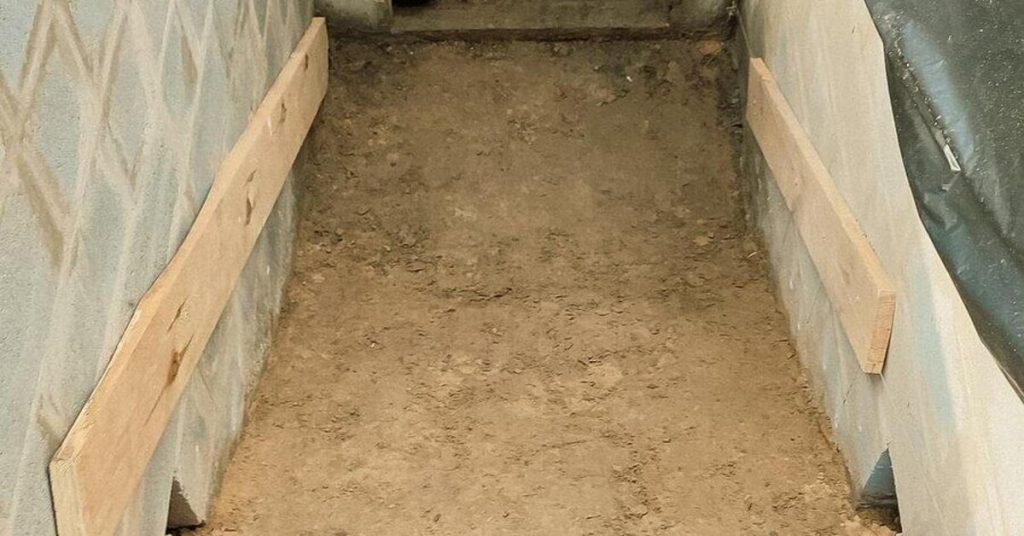
Did you know that nearly 60% of homes experience water damage in their basements? Understanding basement seepage and learning how to repair it is crucial for homeowners. This guide covers causes, repair methods, and prevention tips to keep your basement dry and livable.
Water damage is a common frustration for homeowners, particularly in the basement. When moisture seeps into these subterranean spaces, it can lead to damage, mold growth, and health hazards. But what causes basement seepage, and how can it be prevented?
Basement seepage can stem from various issues, but the most common causes include poor drainage, heavy rainfall, and ground settling. Understanding these factors can help homeowners address the problem effectively.
- Poor drainage: If rainwater does not drain away from your foundation, it can pool and seep into the basement. Downspouts that direct water toward your home instead of away from it exacerbate the problem.
- High water table: In areas where the water table is high, groundwater pressure can push against basement walls, causing seepage. Understanding local geology can provide insights into this issue.
- Foundation cracks: Even small cracks in your foundation can allow water to infiltrate. Over time, wear and tear can worsen these cracks, making them a significant source of seepage.
- Heavy rains or snowmelt: Intense weather events can overwhelm drainage systems. When the ground is saturated, it can lead to increased pressure against the foundation, resulting in seepage. Knowing your local climate can help you gauge this risk.
Detecting seepage in your basement early can save you significant time and money. Here are some signs to watch for:
- Dampness or standing water: If you find pools of water or persistent dampness on the floor, it’s a clear sign of seepage. This might be particularly noticeable after heavy rains.
- Mold and mildew: The presence of mold or a musty odor indicates excess moisture. Even small patches of mold warrant immediate attention to prevent further growth.
- Peeling paint or wall damage: Look for flaking paint or stains on your walls. These issues often indicate underlying moisture problems, signaling the need for repair.
- Efflorescence: This white, chalky substance on walls indicates mineral deposits left by evaporating water. It can be a clear sign of seepage that needs addressing. Regular inspections, particularly after heavy rainfall, can help catch these issues early.
There are several effective repair strategies to address basement seepage. Here are some common methods homeowners may consider:
- Sealants: Applying waterproof sealants to basement walls is a straightforward way to reduce seepage. These sealants create a barrier against moisture. However, remember that this is a preventive measure and does not address existing seepage problems.
- Interior drainage systems: Installing a sub-floor drainage system can effectively manage water that seeps in. This system collects water and directs it to a sump pump for removal, preventing water buildup.
- Exterior waterproofing: For a more involved approach, excavating around the foundation to apply waterproof coating can be beneficial. This method is particularly effective for homes experiencing high groundwater pressure.
- French drains: Installing a French drain around the exterior of the home can redirect water away from the foundation. This system consists of a trench filled with gravel and a perforated pipe to channel water away. Have a professional evaluate your property to determine which method is best suited for you.
Once the seepage is repaired, it’s crucial to implement preventive measures to avoid future problems. Here are some strategies:
- Maintain drainage systems: Ensure that gutters, downspouts, and other drainage systems remain clear and functional. Regular inspections and cleaning can prevent blockages that could lead to water pooling.
- Grading the landscape: The land around your home should slope away from the foundation. Proper grading ensures that rainwater flows away from the walls rather than towards them. This simple change can make a significant difference in preventing seepage.
- Install a sump pump: For homes in areas prone to flooding, a sump pump can be a lifesaver. This device collects excess water and pumps it away from the foundation, keeping your basement dry.
- Monitor humidity levels: Installing a dehumidifier can help manage humidity, reducing the likelihood of mold growth and moisture accumulation. Keeping humidity levels below 60% can improve airflow and reduce the risk of seepage. Regular maintenance and monitoring are key to protecting your basement.
While some homeowners may feel confident tackling small seepage issues themselves, it’s essential to recognize when to seek professional help. In many cases, a trained contractor can provide expertise and solutions that may be beyond DIY capabilities.
Professionals can conduct thorough assessments, identify hidden damage, and implement repairs effectively. They have tools that go beyond basic sealants, ensuring a more comprehensive waterproofing solution. Furthermore, professionals can offer a warranty on the work performed, providing peace of mind that the problem is resolved.
In summary, understanding and addressing basement seepage is crucial for maintaining a safe and dry home environment. By knowing the causes—from poor drainage to environmental factors—you can better identify issues early. Effective repair methods like sealants, drainage systems, and waterproofing can mitigate existing seepage, while preventive measures ensure long-term protection. Remember, when in doubt, consult with a professional to ensure the best outcome for your home. Taking action now can save time, money, and stress in the future.